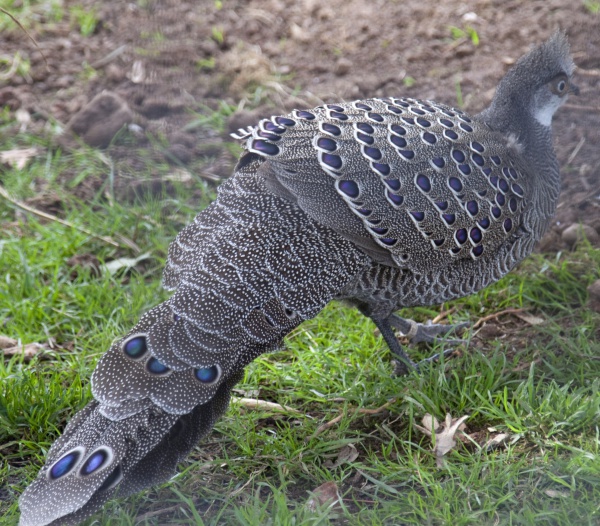Facts About Grey peacock-pheasant
The gray peacock-pheasant, also known as the Burmese peacock-pheasant, is a captivating bird native to regions such as Bangladesh, Northeast India, and Southeast Asia. Belonging to the order Galliformes, it proudly holds the distinction of being Myanmar's national bird.
Visually, the gray peacock-pheasant is notable for its grayish-brown plumage embellished with green eyespots, an elongated crest, and a white throat. Both males and females appear similar, although females are generally smaller and less ornate.
Habitat-wise, these birds are typically found in lowland and hill forests. Their diet is quite varied, encompassing seeds, termites, fruits, and other invertebrates.
Conservation-wise, the gray peacock-pheasant is listed as a species of Least Concern on the IUCN Red List. It is also included in CITES Appendix II, which helps regulate trade and ensure the protection of wild populations.
There are several recognized subspecies of this bird, though some classifications remain debated among experts. Interestingly, the gray peacock-pheasant shares a close genetic relationship with other Asian species such as Germain's peacock-pheasant, the bronze-tailed peacock-pheasant, and the mountain peacock-pheasant. However, the exact evolutionary history and relationships within this species remain somewhat unclear.
It is believed that the gray peacock-pheasant evolved in mainland Southeast Asia during the Late Pliocene to Early Pleistocene period, roughly 3.6 to 1 million years ago. More research, especially in phylogeography, is needed to fully understand the evolutionary journey and genetic connections within this fascinating species.

 Cambodia
Cambodia